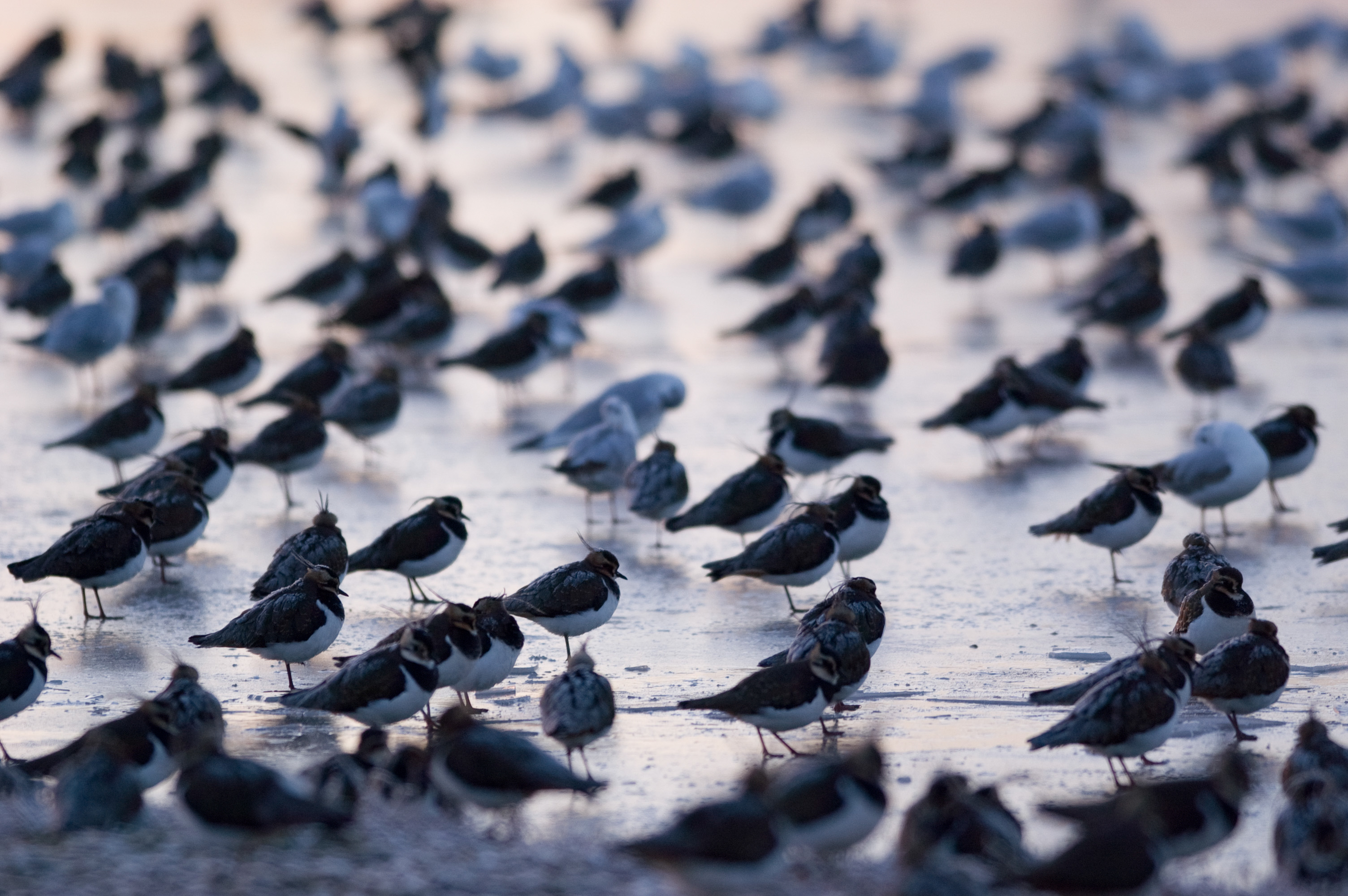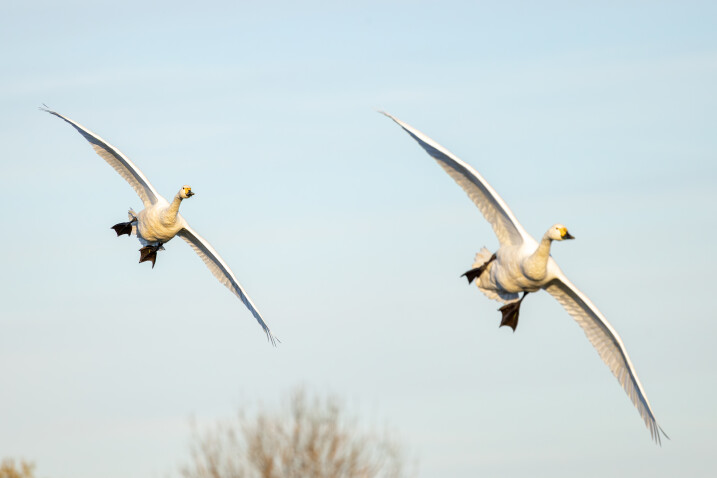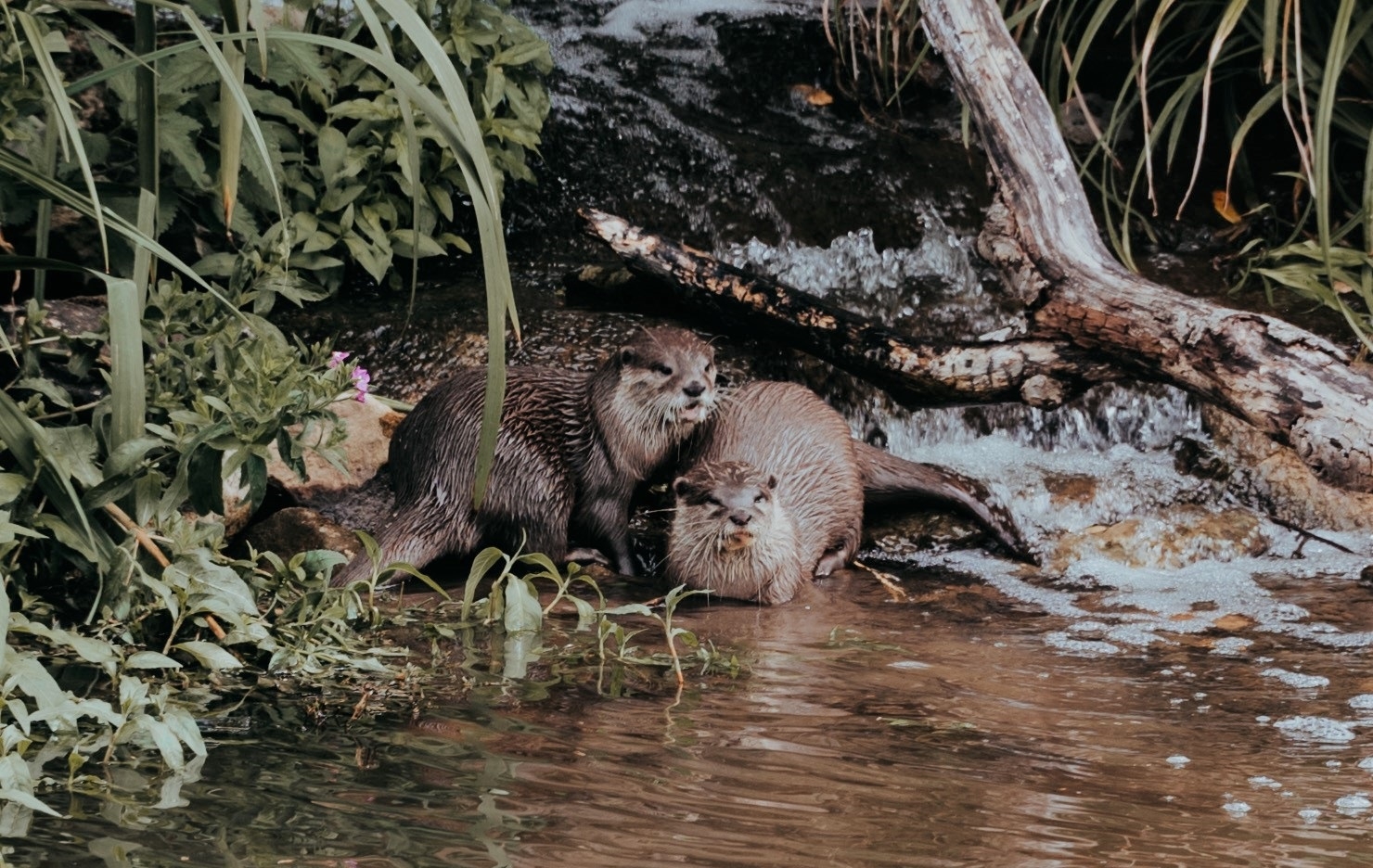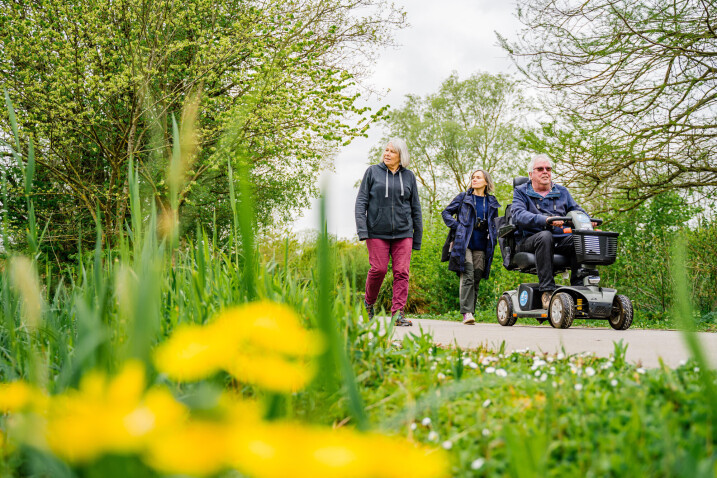Dynasties, divorce, and 10,000 swans
2023 marks 60 years of WWT’s unique Bill Pattern Study.
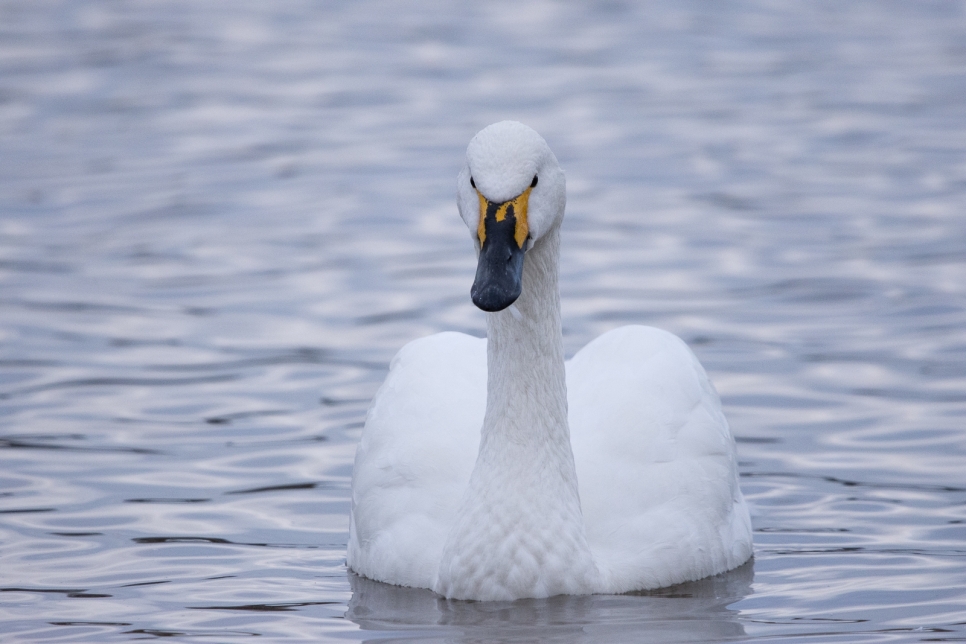
2023 marks 60 years of WWT’s unique Bill Pattern Study.
A study which began when our founder Sir Peter Scott realised the potential research value of being able to identify individual swans returning to spend the winter at WWT Slimbridge using just their unique bill patterns.
These observations were formalised into a scientific study which has been repeated every winter since 1963. As they arrive in the UK from Arctic Russia on their annual 3,500km migration, every adult swan that visits the reserve is given a name and their bill pattern is logged, allowing researchers to follow the long lives of each bird and the dynasties of swans that came before them.
Up to 200 swans are newly identified each year, with WWT scientists having identified 10,000 individual swans throughout the course of the study.
Believed to be the longest single species study ever undertaken, researchers have monitored breeding success as well as observing some unusual behaviours, such as pairs of swans, usually renowned for their lifelong partnerships, ‘divorcing’ and later returning with new mates.
Each individual arriving at WWT Slimbridge is named and has its own fascinating story. Whether it’s Casino, one of the founding members of the ‘gambling dynasty’ who lived to 27 years old and produced 34 cygnets, or Sarindi and Saruni, who unusually divorced but returned happily with new partners, or Turlach and Tramore and their cygnets who are the family that rules the roost at Slimbridge.
However, the population of these beautiful birds has plummeted in recent decades, following a series of poor breeding seasons. The Bewick’s also face pressure from the loss of healthy wetland habitats across their migratory route, as well as the impact of climate change, lead ammunition poisoning and illegal hunting.
As climate change warms the arctic tundra where Bewick’s swans breed, it is likely that birds are leaving their summer haunts later, with many not travelling as far west than previous generations.
This year saw the first swan arriving at Slimbridge on 16 November, the latest first arrival since 1965. Experts have warned that if temperatures continue to rise, the swans may stop returning to the UK entirely in decades to come. Having watched the Bewick’s return to Slimbridge year after year, this study has a special place in my heart. Every year when the first swan touches down, it feels like seeing old friends again.
Each new year brings a new generation and new findings that update the study to show in real time what is happening to these swans, and engages people in wanting to protect them from the ever-growing threats they face - from the loss of healthy wetland habitats along their migration routes, climate change, illegal hunting and lead poisoning.
Dr Julia Newth, Ecosystem Health and Social Dimensions Manager at WWT said:
Having watched the Bewick’s return to Slimbridge year after year, this study has a special place in my heart. Every year when the first swan touches down, it feels like seeing old friends again. Each new year brings a new generation and new findings that update the study to show in real time what is happening to these swans, and engages people in wanting to protect them from the ever-growing threats they face - from the loss of healthy wetland habitats along their migration routes, climate change, illegal hunting and lead poisoning.
